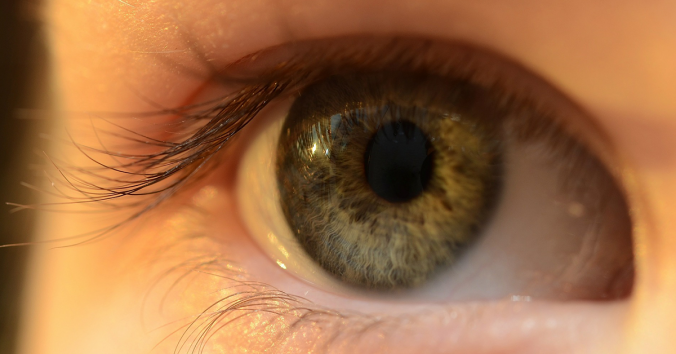Visionary academic texts are rare – texts that shed light on how research can contribute to the perennial human issues. In an article in the philosophical journal Theoria, however, Kathinka Evers opens up a novel visionary perspective on neuroscience and tragic aspects of the human condition.
For millennia, sensitive thinkers have been concerned about human nature. Undoubtedly, we humans create prosperity and security for ourselves. However, like no other animal, we also have an unfortunate tendency to create misery for ourselves (and other life forms). The 20th century was extreme in both directions. What is the mechanism behind our peculiar, large-scale, self-injurious behavior as a species? Can it be illuminated and changed?
As I read her, Kathinka Evers asks essentially this big human question. She does so based on the current neuroscientific view of the brain, which she argues motivates a new way of understanding and approaching the mechanism of our species’ self-injurious behavior. An essential feature of the neuroscientific view is that the human brain is designed to never be fully completed. Just as we have a unique self-injurious tendency as a species, we are born with uniquely incomplete brains. These brains are under construction for decades and need good care throughout this time. They are not formed passively, but actively, by finding more or less felicitous ways of functioning in the societies to which we expose ourselves.
Since our brains shape our societies, one could say that we build the societies that build us, in a continual cycle. The brain is right in the middle of this sensitive interaction between humans and their societies. With its creative variability, the human brain makes many deterministic claims on genetics and our “innate” nature problematic. Why are we humans the way we are? Partly because we create the societies that create us as we are. For millennia, we have generated ourselves through the societies that we have built, ignorant of the hyper-interactive organ in the middle of the process. It is always behind our eyes.
Kathinka Evers’ point is that our current understanding of the brain as inherently active, dynamic and variable, gives us a new responsibility for human nature. She expresses the situation technically as follows: neuroscientific knowledge gives us a naturalistic responsibility to be epigenetically proactive. If we know that our active and variable brains support a cultural evolution beyond our genetic heritage, then we have a responsibility to influence evolution by adapting our societies to what we know about the strengths and weaknesses of our brains.
The notion of a neuroscientific responsibility to design societies that shape human nature in desired ways may sound like a call for a new form of social engineering. However, Kathinka Evers develops the notion of this responsibility in the context of a conscientious review of similar tendencies in our history, tendencies that have often revolved around genetics. The aim of epigenetic proaction is not to support ideologies that have already decided what a human being should be like. Rather, it is about allowing knowledge about the brain to inspire social change, where we would otherwise ignorantly risk recreating human misery. Of course, such knowledge presupposes collaboration between the natural, social and human sciences, in conjunction with free philosophical inquiry.
The article mentions juvenile violence as an example. In some countries, there is a political will to convict juvenile delinquents as if they were adults and even place them in adult prisons. Today, we know that during puberty, the brain is in a developmental crisis where important neural circuits change dramatically. Young brains in crisis need special care. However, in these cases they risk ending up in just the kind of social environments that we can predict will create more misery.
Knowledge about the brain can thus motivate social changes that reduce the peculiar self-injuring behavior of humanity, a behavior that has worried sensitive thinkers for millennia. Neuroscientific self-awareness gives us a key to the mechanism behind the behavior and a responsibility to use it.

Written by…
Pär Segerdahl, Associate Professor at the Centre for Research Ethics & Bioethics and editor of the Ethics Blog.
Kathinka Evers. 2020. The Culture‐Bound Brain: Epigenetic Proaction Revisited. Theoria. doi:10.1111/theo.12264
We like challenging questions



0 Comments
4 Pingbacks